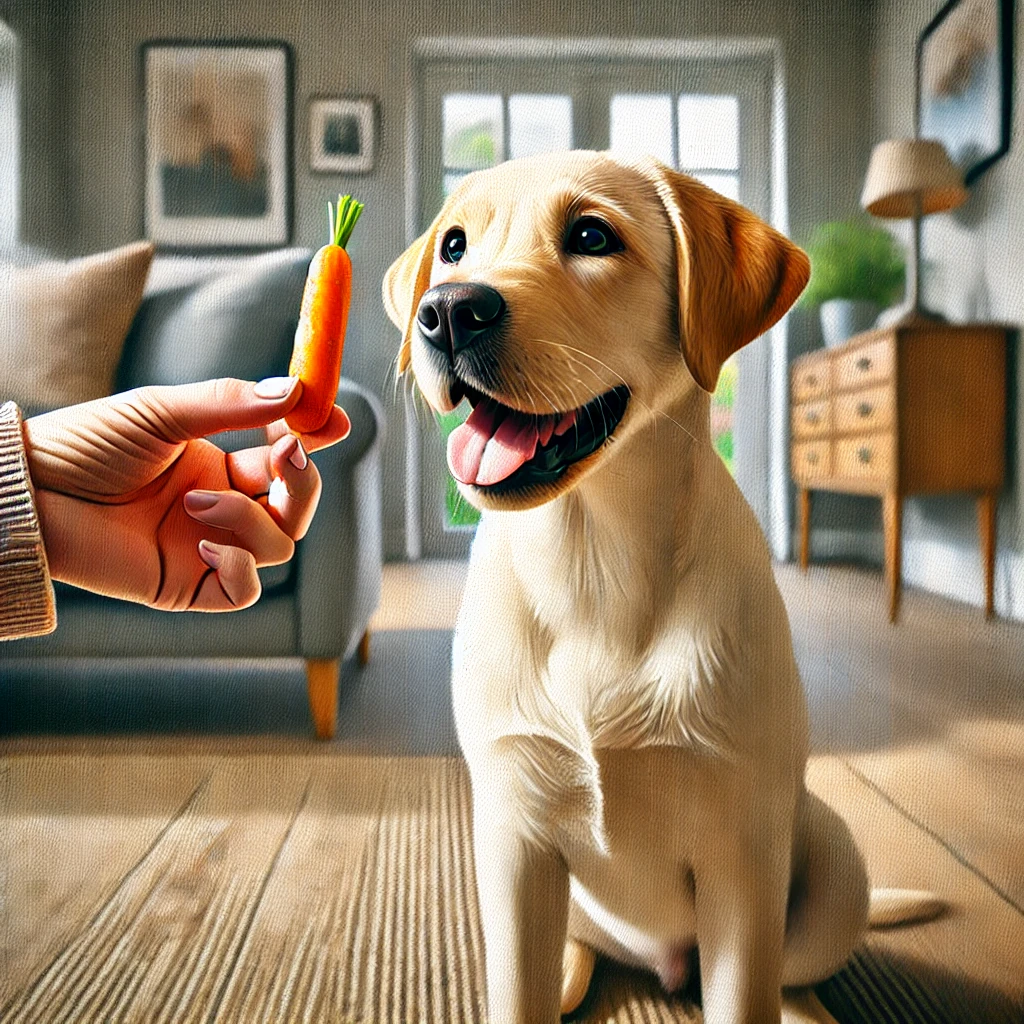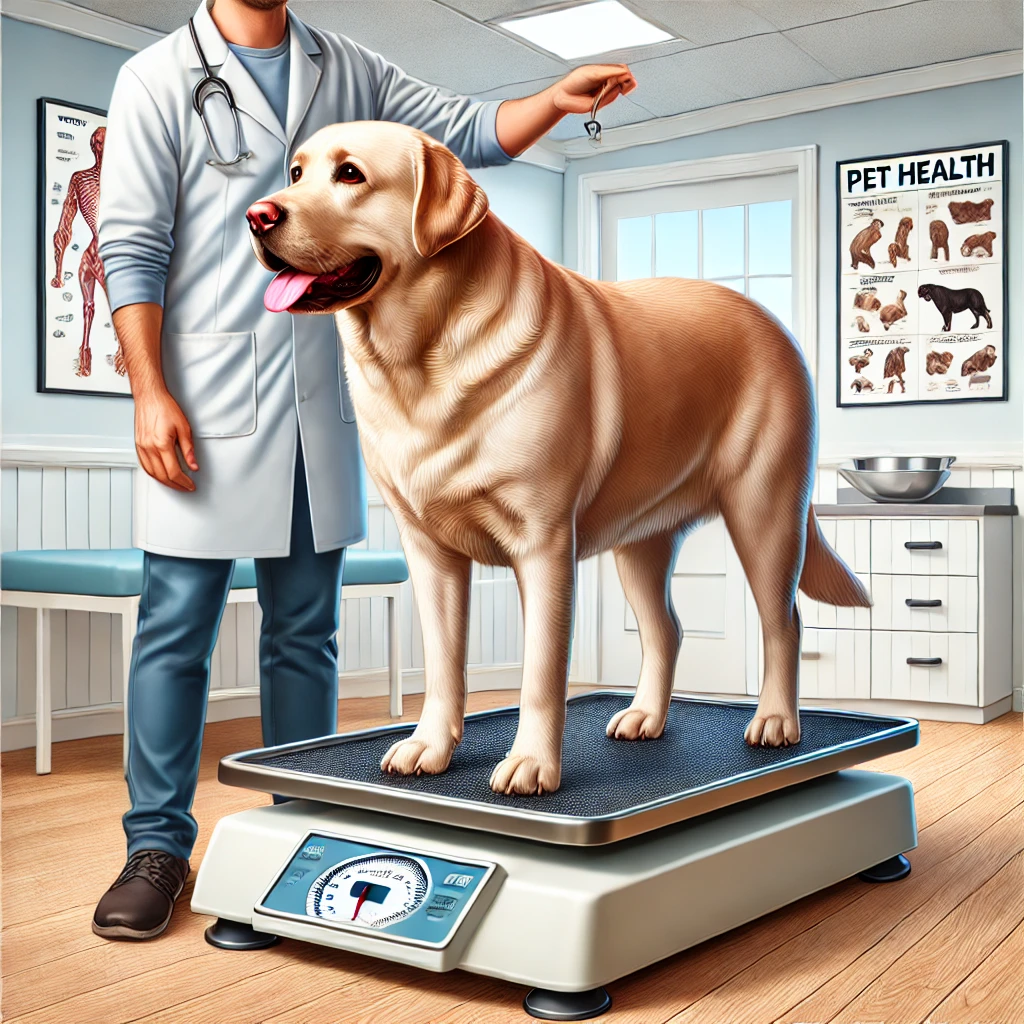Labrador Retrievers are beloved for their playful, energetic nature but are also prone to weight gain due to their hearty appetite. Keeping them at a healthy weight is crucial for longevity and overall well-being. With the right approach to diet, exercise, and monitoring, you can ensure your Labrador stays fit and happy. Let’s dive into the essential, science-backed tips for managing your Lab’s weight effectively.
Focus on Balanced Nutrition
Essential Nutrients for Labradors
Labradors need a balanced diet rich in proteins, healthy fats, and complex carbohydrates. High-quality protein from sources like chicken, turkey, and fish helps maintain lean muscle mass, while omega-3 and omega-6 fatty acids support joint health and a shiny coat. Choose dog foods without fillers like corn or soy, and opt for complex carbs such as sweet potatoes and brown rice for better digestion.
Control Portions and Meal Frequency
Proper Serving Sizes
Portion control is key to preventing obesity in Labs. Depending on age and activity level, an adult Labrador typically requires 1,000 to 1,600 calories per day. To avoid overeating, divide their food into two or three smaller meals. Using a measuring cup ensures consistent portions and helps prevent accidental overfeeding. Limit treats and table scraps, as they can add unnecessary calories.
Choose the Right Dog Food
Selecting Weight-Friendly Dog Food
Look for dog food labeled as “weight management” or “low calorie.” These formulas provide balanced nutrition while reducing overall calorie intake. High-quality, commercially available foods with lean proteins and added fiber are ideal for controlling weight. Consider incorporating wet food or fresh food options, which can help your dog feel fuller due to higher water content.
Always consult your veterinarian for personalized dietary recommendations based on your Lab’s specific needs.

Opt for Healthy, Low-Calorie Treats
Smart Snack Choices
Treats can add up quickly, so choose low-calorie options like baby carrots, green beans, or apple slices (without seeds). These snacks provide nutrients and fiber while keeping calorie intake in check. Aim for treats to make up no more than 10% of your dog’s daily caloric intake. Using small pieces of their regular kibble as treats can also help control calories.
Maintain Regular Exercise
Active Lifestyle for Weight Management
Labradors thrive with at least 60 minutes of physical activity daily. Activities like brisk walks, swimming, or playing fetch help burn calories and keep them mentally stimulated. If your Lab is overweight, start with gentle exercises and gradually increase intensity. Swimming is especially beneficial for Labs, offering a full-body workout that’s easy on their joints.

Track Weight and Make Adjustments
Monitoring Your Lab’s Progress
Regularly monitor your Labrador’s weight and body condition score (BCS). You should be able to feel their ribs easily, and they should have a noticeable waist. Monthly weigh-ins and visual checks help you stay on top of any changes. If your dog gains weight despite following a balanced diet and exercise plan, consult your veterinarian for adjustments.
Conclusion
A balanced diet, controlled portions, and regular exercise are essential for keeping your Labrador at a healthy weight. By following these guidelines, you’ll help your Lab stay active, happy, and healthy for years to come. Small, consistent changes can make a big impact on your dog’s quality of life, ensuring they remain your loyal and energetic companion.



